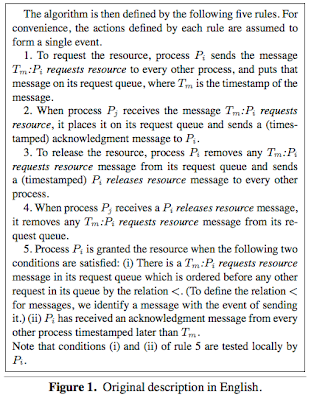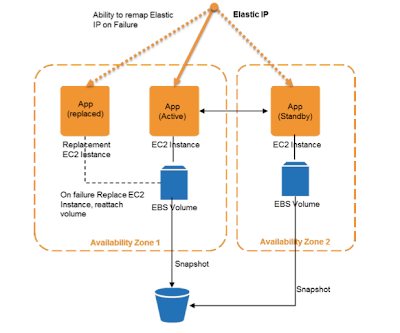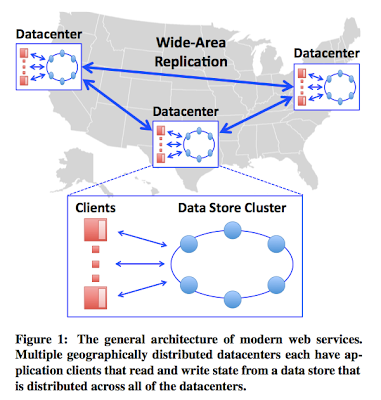Our brains are radios
Ok, our brains are not actually radios, sorry for the provocative title. But as I will explain shortly, there are some interesting parallels. When I teach about wireless radios in my networking classes, I talk about this connection, and this always perks my students up. The connection stems from the fact that both radios and brains are signal processing systems. The concepts behind how radio receivers work explain some of the mysterious phenomena in our brains, particularly the hearing of phantom tunes. This is how radios work Most people have an incorrect model of how radios and wireless radio communication work. The layman thinks radios are simple. The transmitter does all the heavy lifting, and puts the signal on the air. Before the signal fades away completely, if the receiver device is in communication range, it will pick up the signal by listening. This naive understanding suggests that the receiver is a passive dev...









